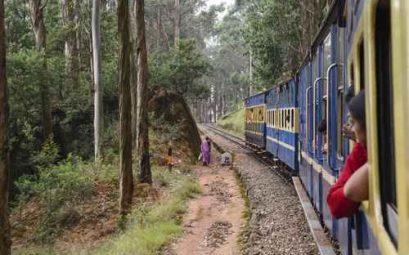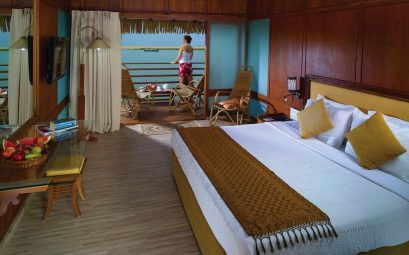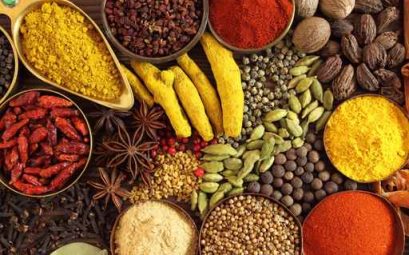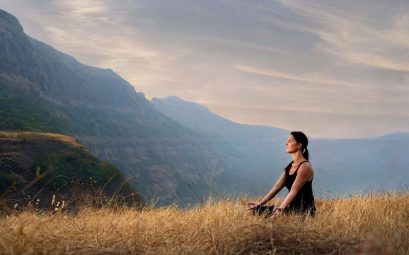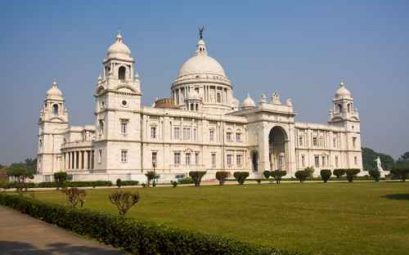There are a number of activities you can take part in while you are in India. For example, the country is fast emerging as a hotbed for adventure activities. Whether it is trekking, mountaineering, kayaking, white water rafting, paragliding, hot air ballooning or mountain biking, you can find them in India.
If you are nature person, you will be happy to learn that India is home to 9 biosphere reserves, 99 national parks, and 514 wildlife sanctuaries. The Royal Bengal Tiger is the national animal of India. If you want to see it in the wild, do visit Ranthambore National Park (in Rajasthan), Kanha National Park (in Madhya Pradesh) or Bandhavgarh National Park (also in Madhya Pradesh).
If you like fishing, you can try catching the Mahseer (called the Tiger of Indian Rivers for the spirited fight it puts up when caught on a fishing line). The Himalayan region of Himachal Pradesh is a good place to angle the Mahseer as is the Cauvery river in the south of India.
If you want to go scuba diving, the Andaman & Nicobar Islands, Goa, the former French colony of Pondicherry and Netrani at Murudeshwar have plenty of opportunities. The best thing about all these activities is, you can engage in them for a fraction of the price in western countries.
It is never cold in South India (because it is closer to the tropics) so unless you are visiting a hill station like Munnar, Kodaikanal or Ooty, you will not need woolens in the South. In North India, especially during winter, woolens are a must.
Always carry some drinking water because you can easily get dehydrated in the hot tropical sun. It is a popular perception that you need to carry iodine tablets to purify water because there is no guarantee about the water in India but it is not true. First of all, most Indians boil water before drinking and second, bottled water is easily available. But as a precaution, do not drink water from a tap or an open body of water. Do carry some paracetamol tablets, cough syrup and ORS sachets for urgent medical use.
The local Indian currency is the rupee or rupiah in Hindi. There are many money changers in the big cities and you can get a list of them from the Reserve Bank of India website. Never carry large sums of money with you (if you do, do not show it to anyone). Women are recommended to travel with companions. Finally, keep your travel documents safe and always carry photocopies of the documents.

